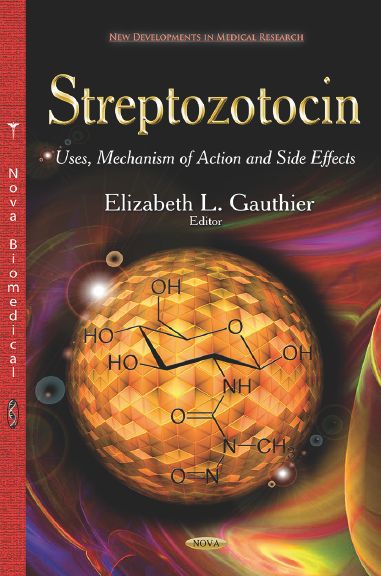Streptozotocin: Uses, Mechanism of Action and Side Effects (New Developments in Medical Research) by Elizabeth L. Gauthier
English | 2014 | ISBN: 1631172557 | 149 pages | PDF | 3,2 MB
English | 2014 | ISBN: 1631172557 | 149 pages | PDF | 3,2 MB
Streptozotocin (STZ), an antibiotic and anticancer agent, is the most prominent diabetogenic chemical agent in diabetes research due to its cytotoxicity in pancreatic beta-cells. The selective toxicity of STZ to beta cells occurs because of its preferential accumulation in beta cells through uptake via GLUT2 glucose transporter. Insulin dependent diabetes mellitus can be induced by either single high dose or multiple low- dose STZ injections. At low dose, STZ induces pancreatic beta-cell apoptosis and at high dose it causes necrosis. Though STZ itself can cause carcinogenesis and renal, hepatic and muscle myoblast toxicity, these side effects can be minimized or completely avoided by using lower doses. This book discusses in further detail the different ways in which streptozotocin is used in the medical field.



